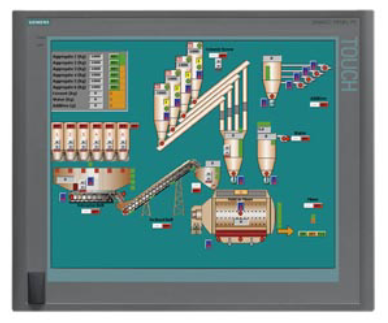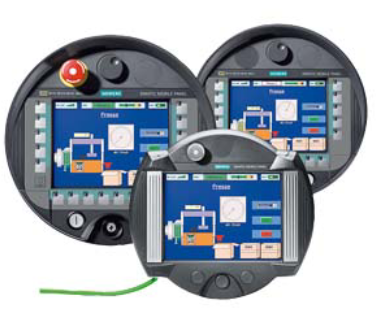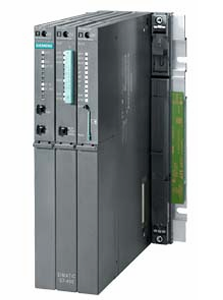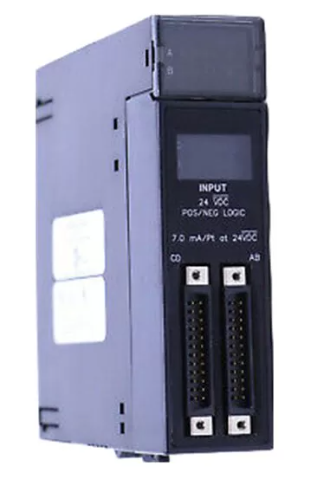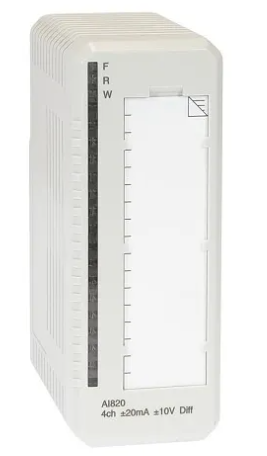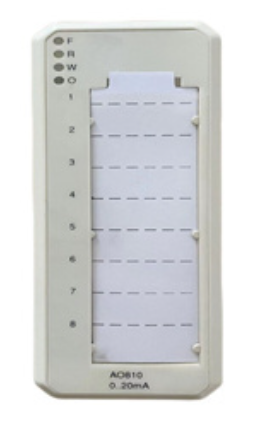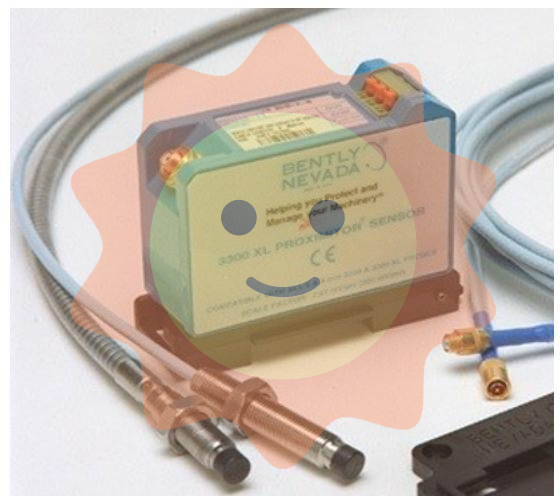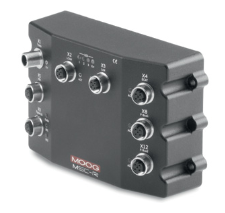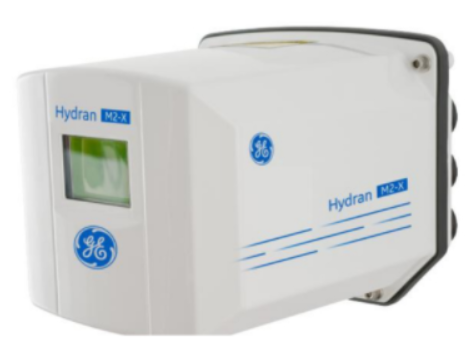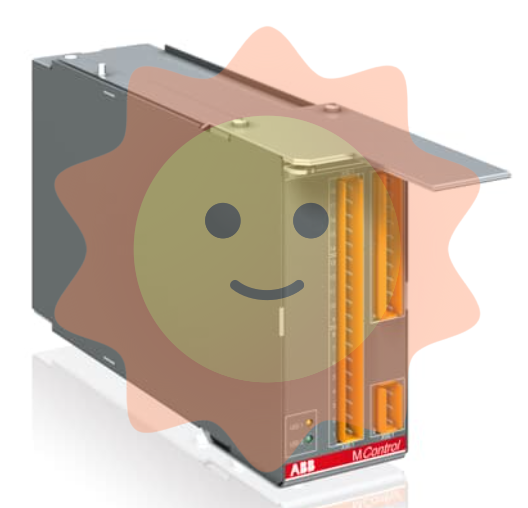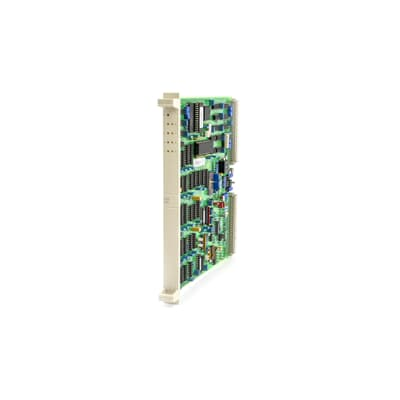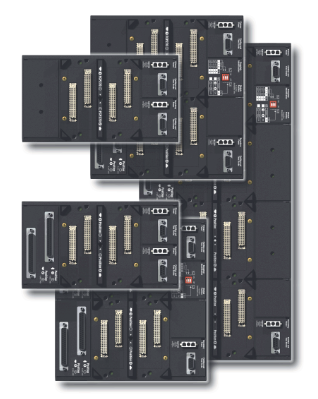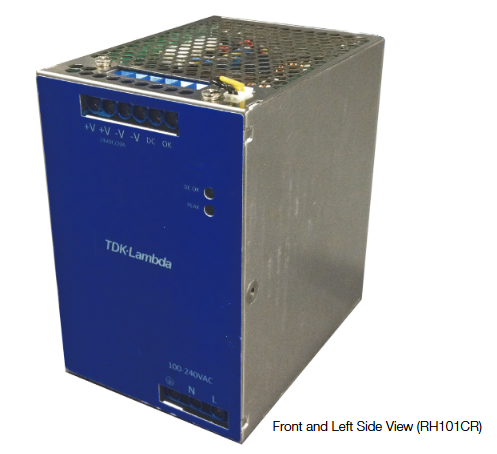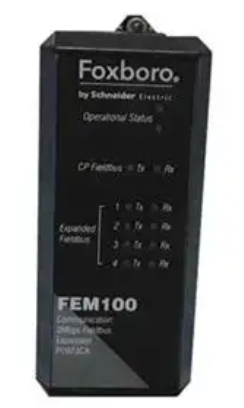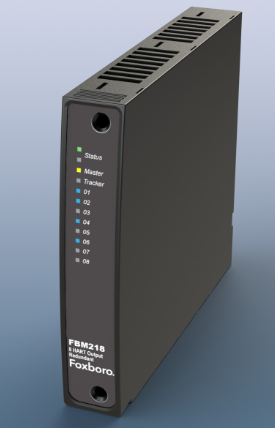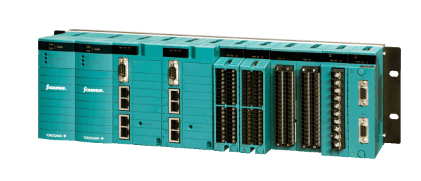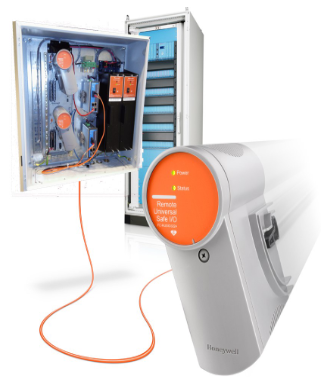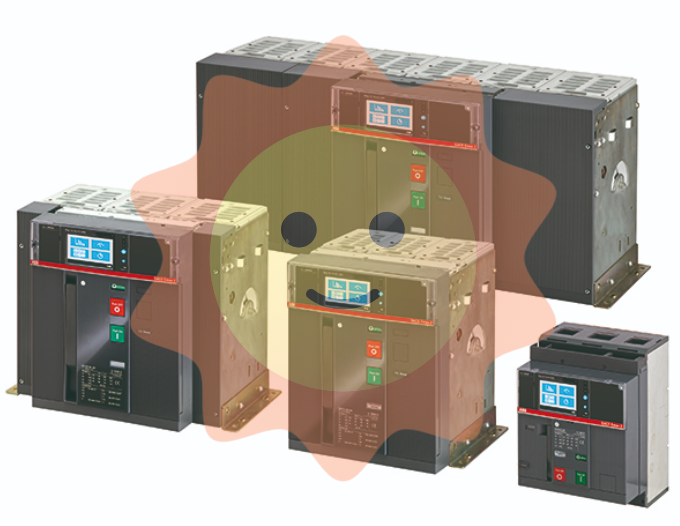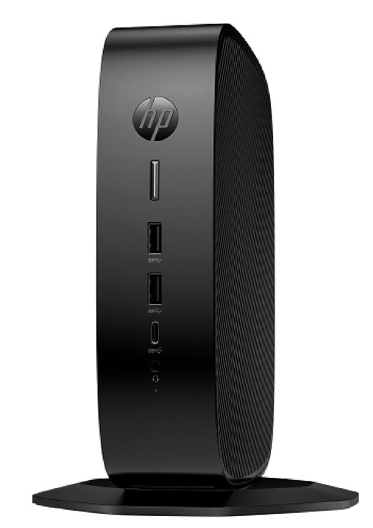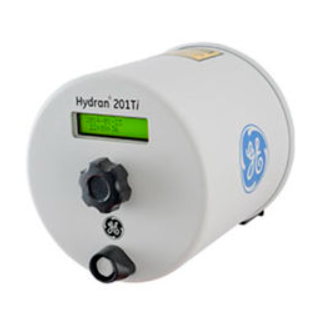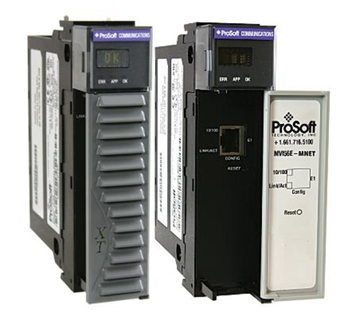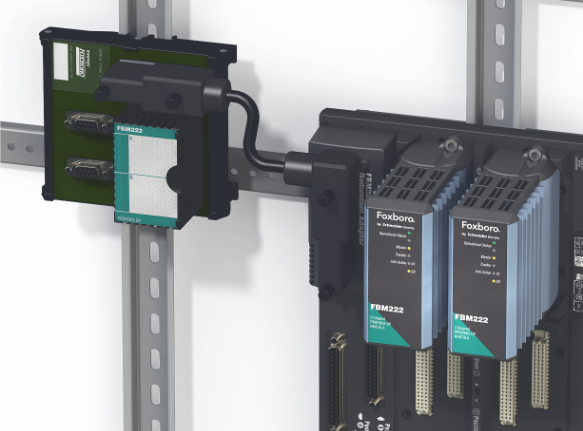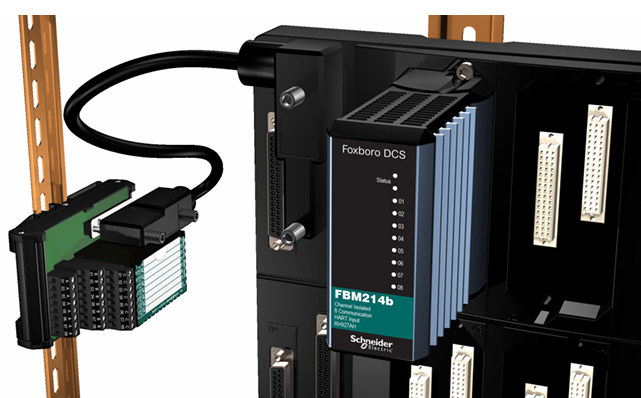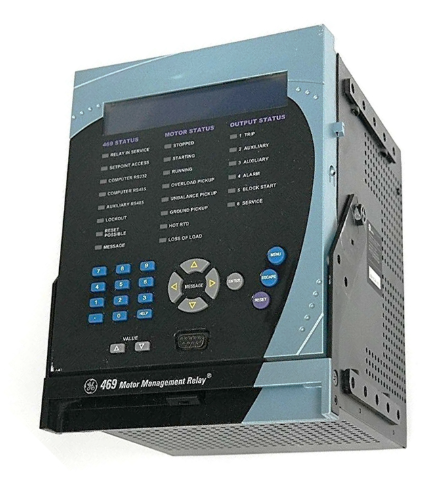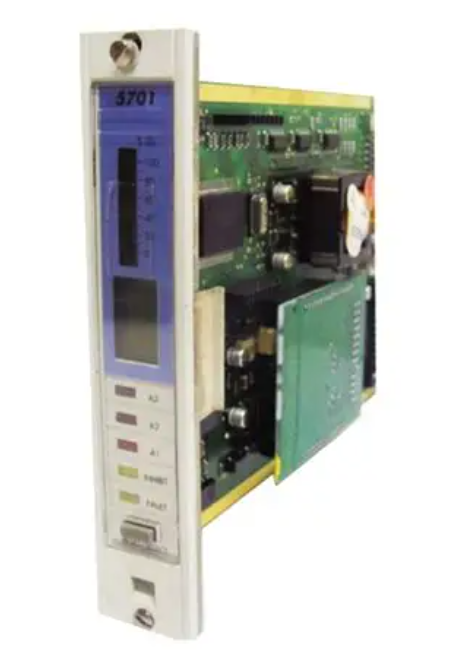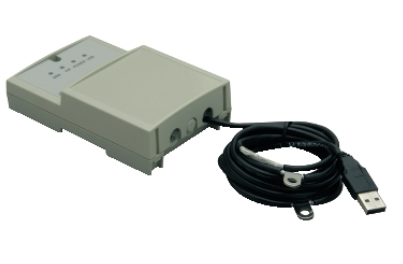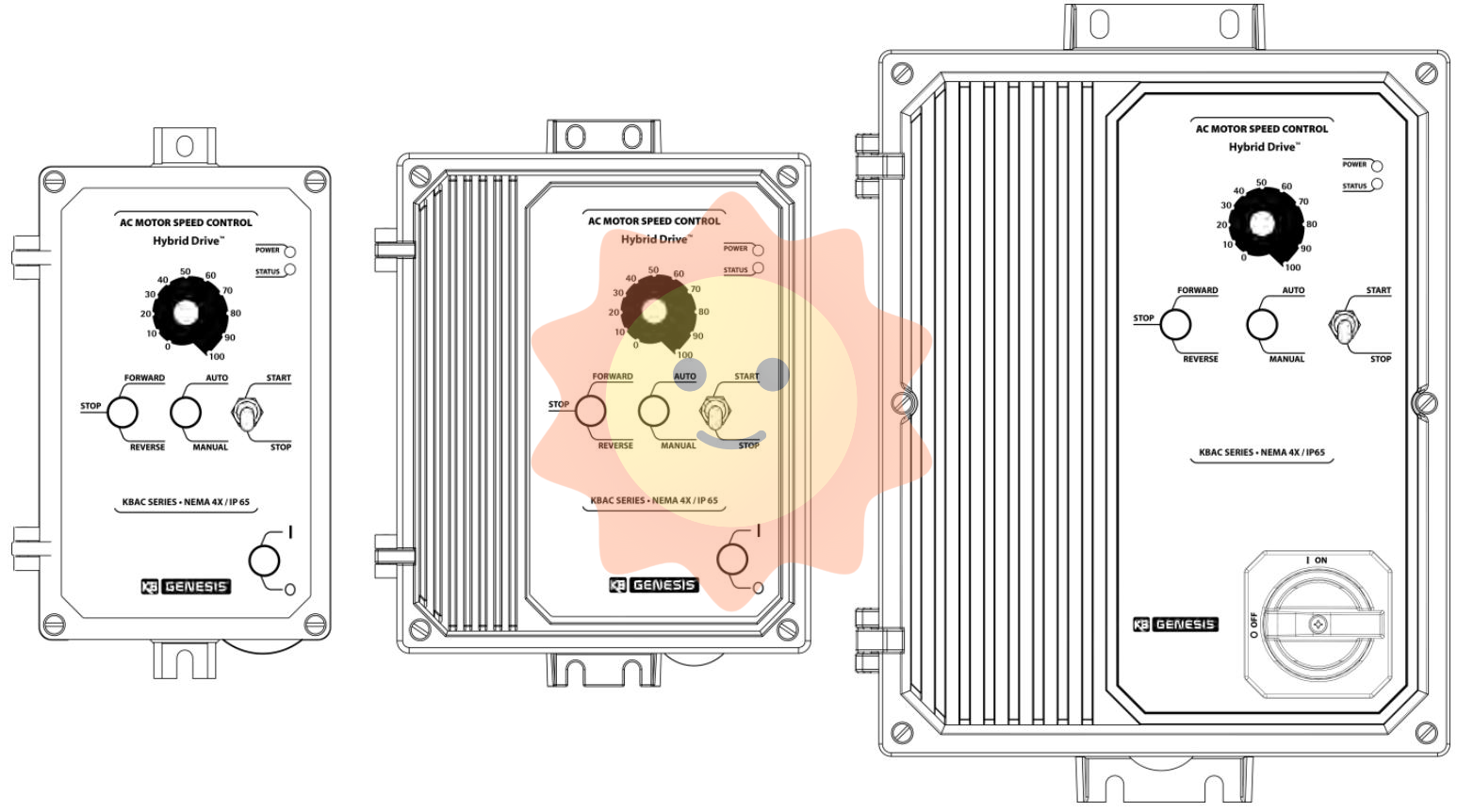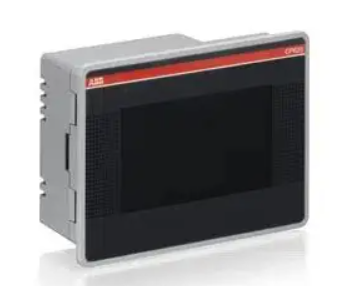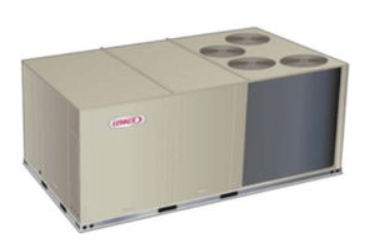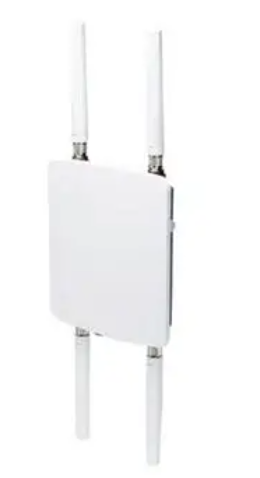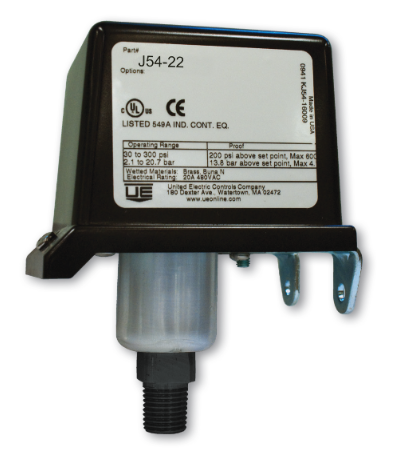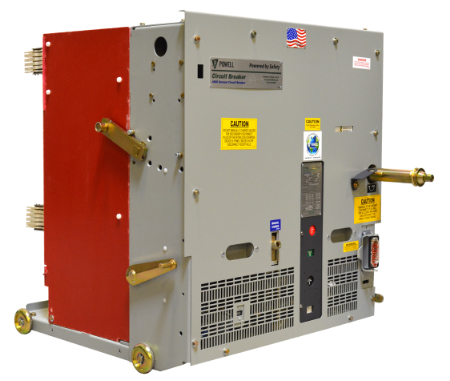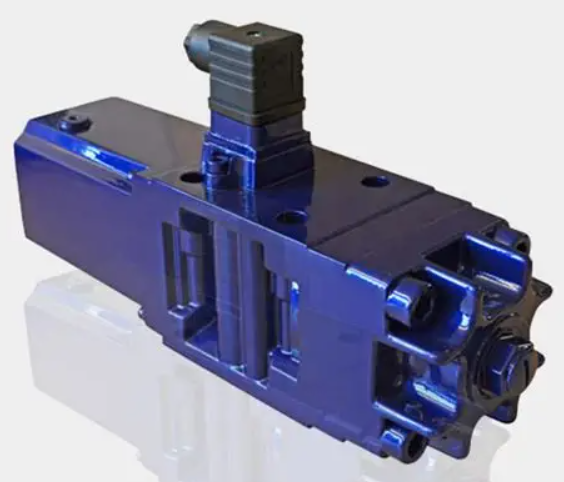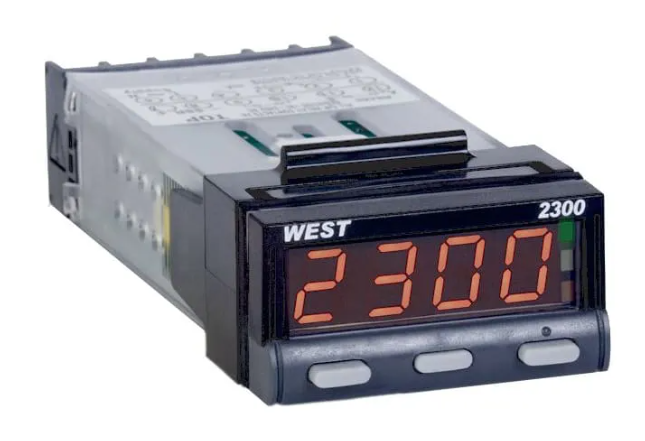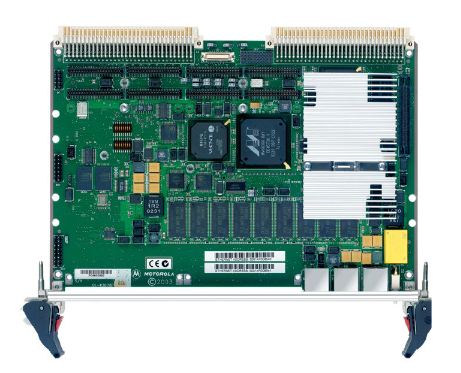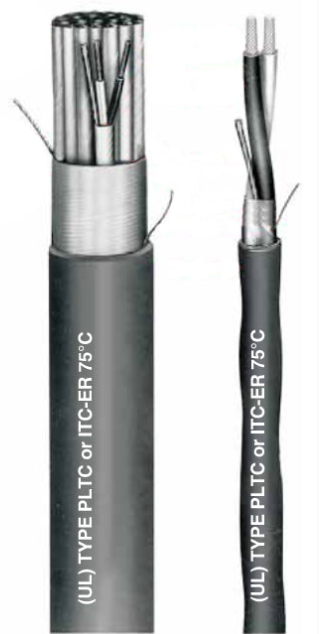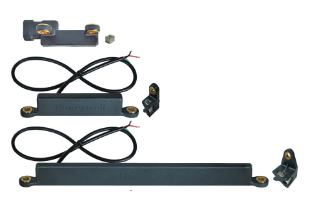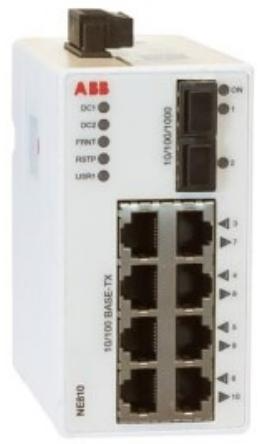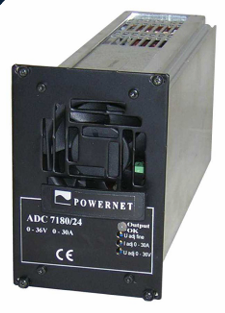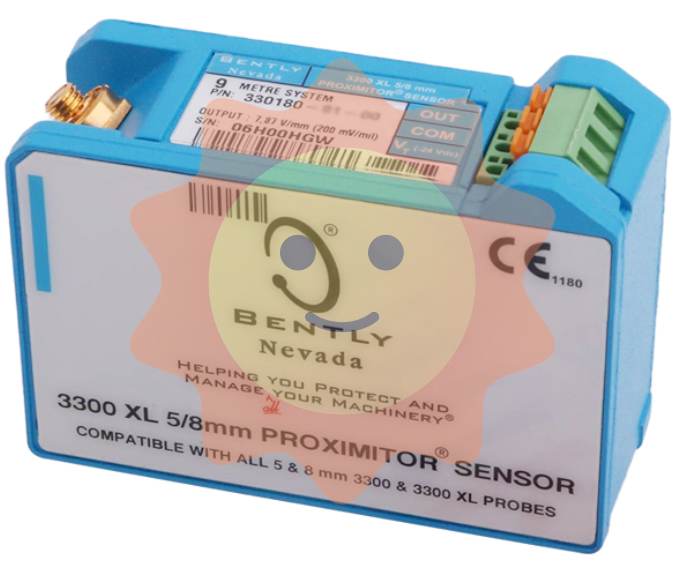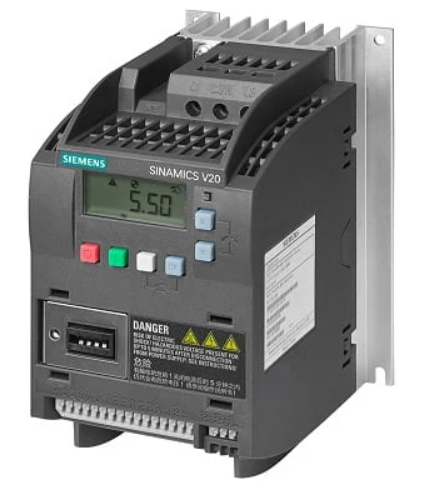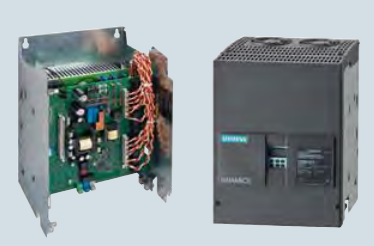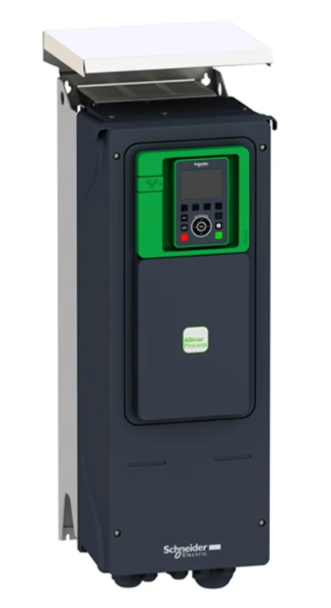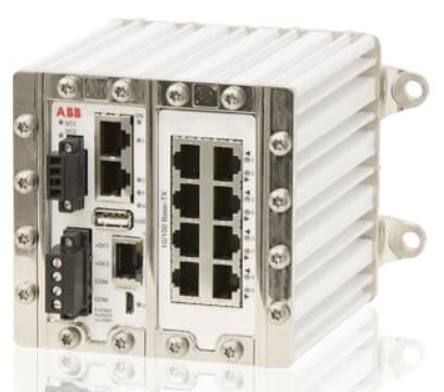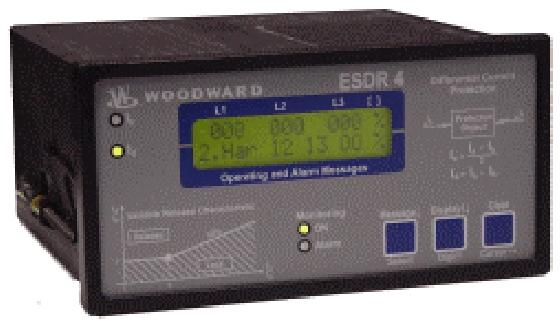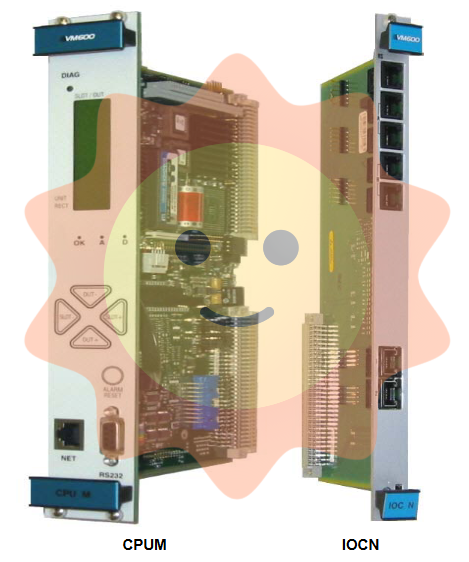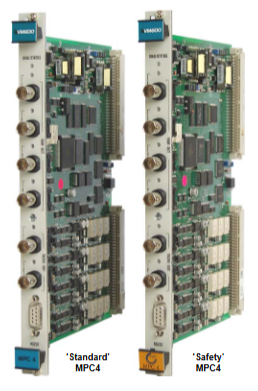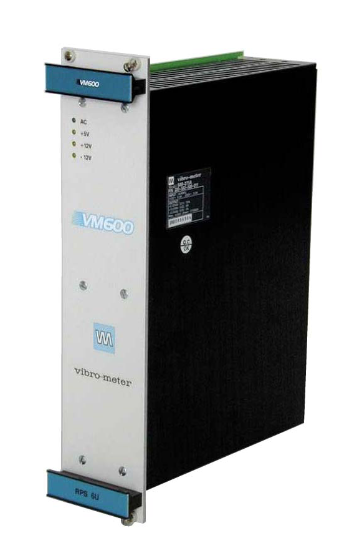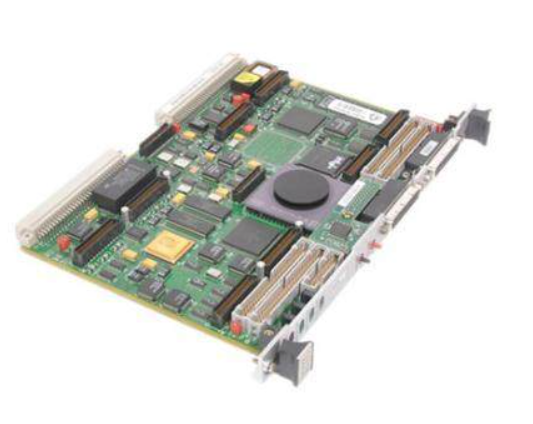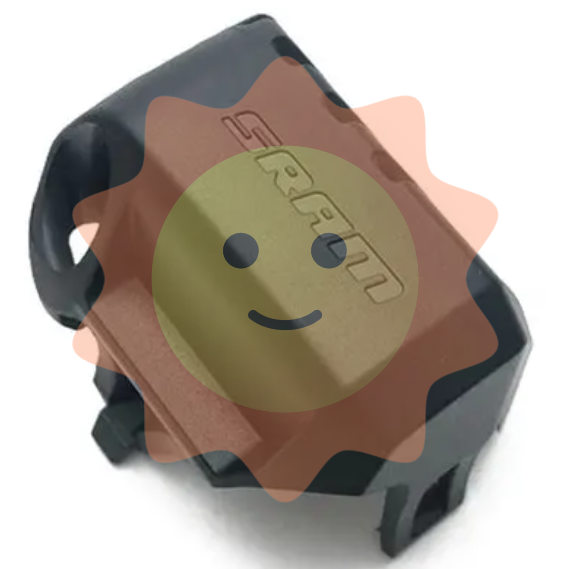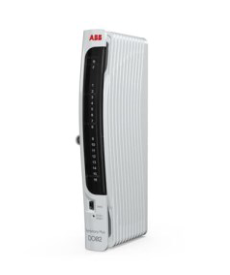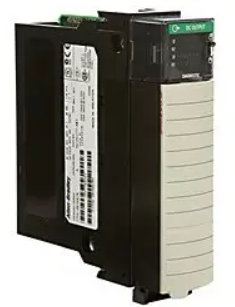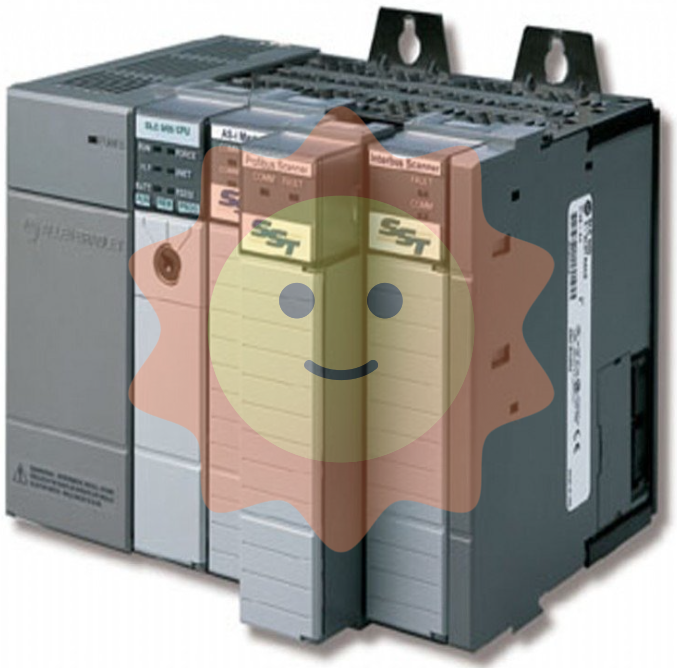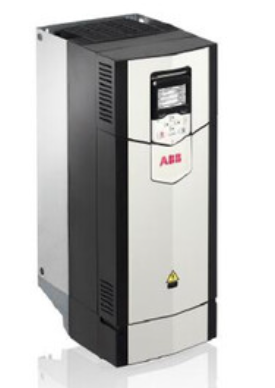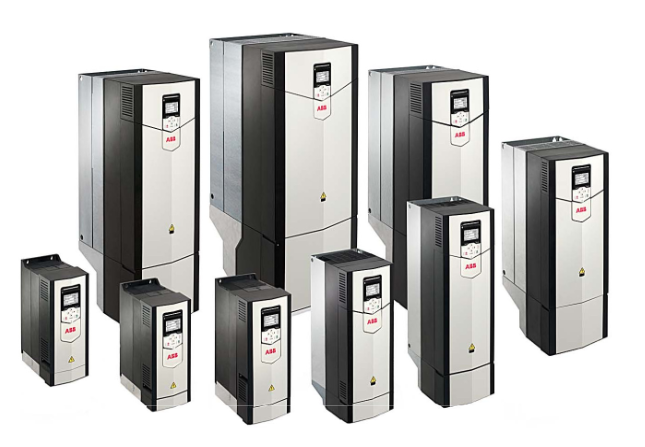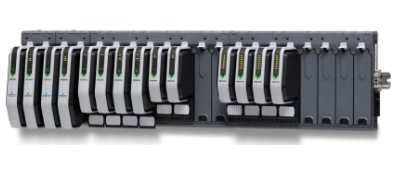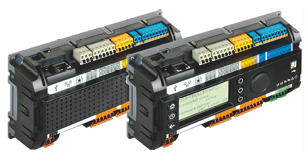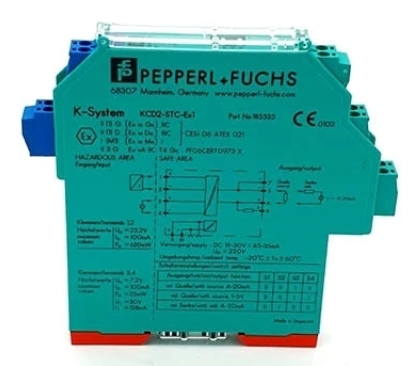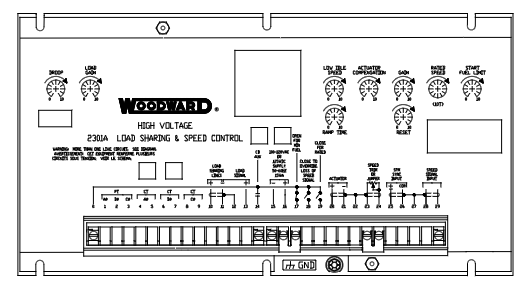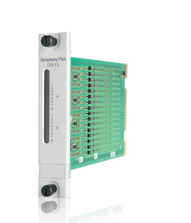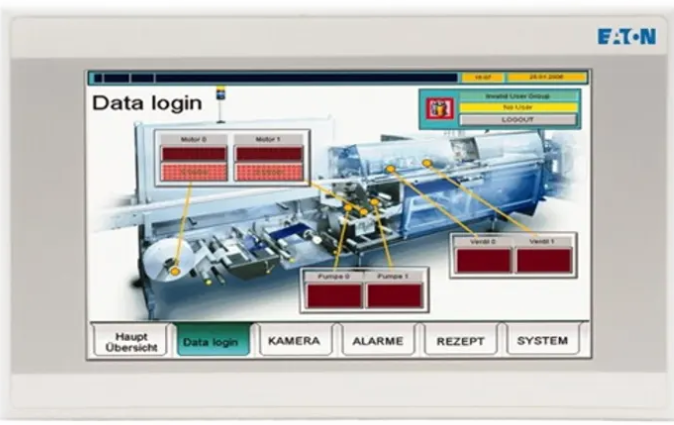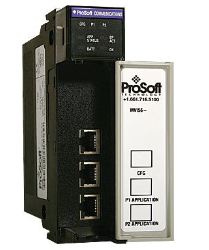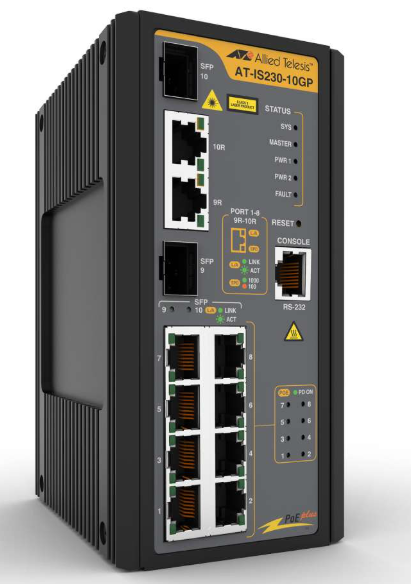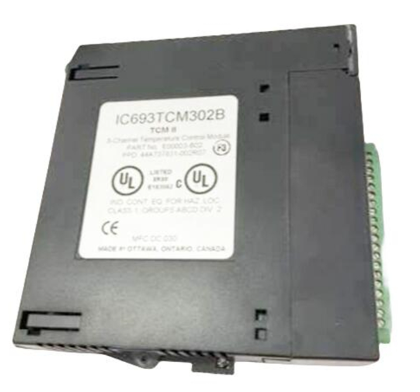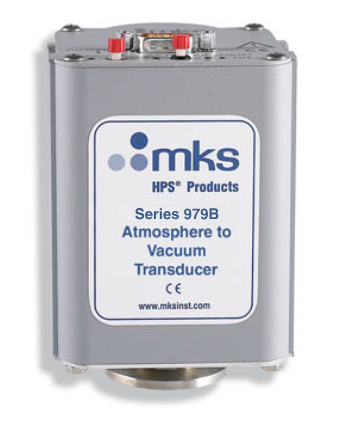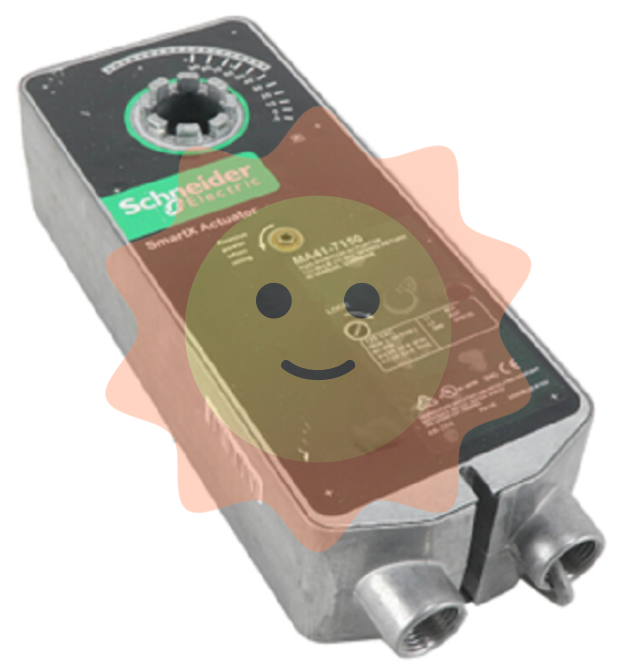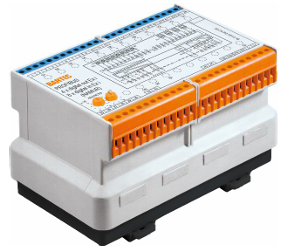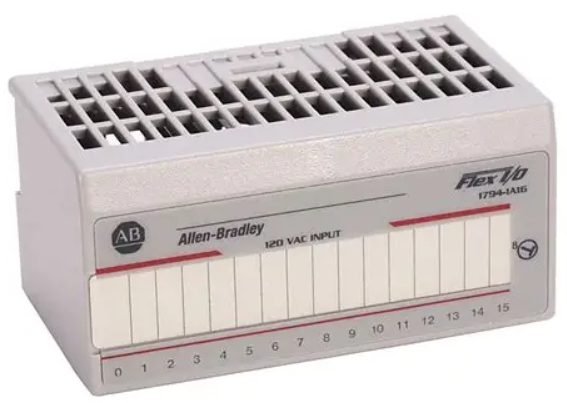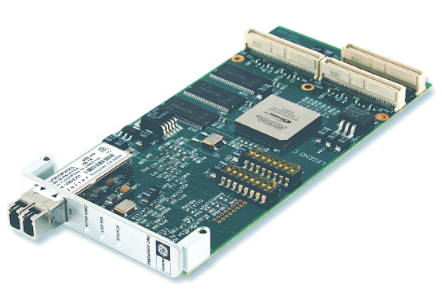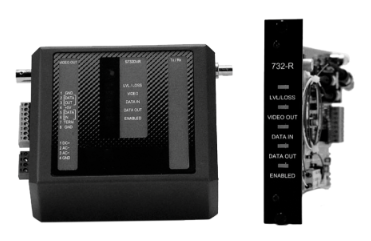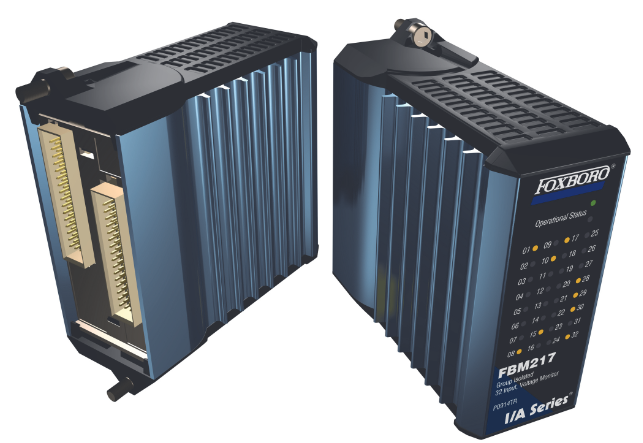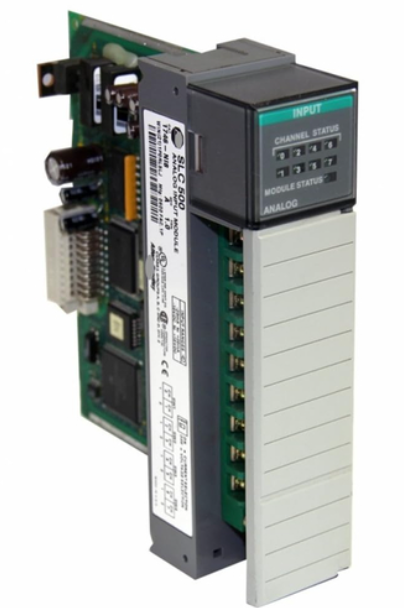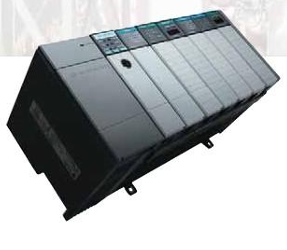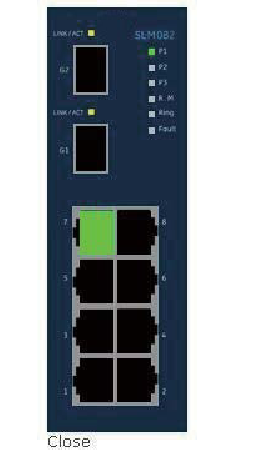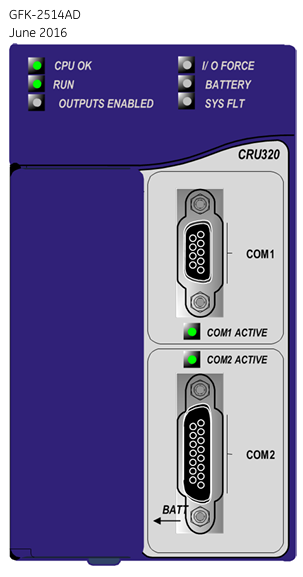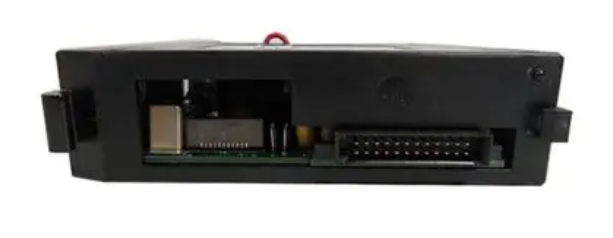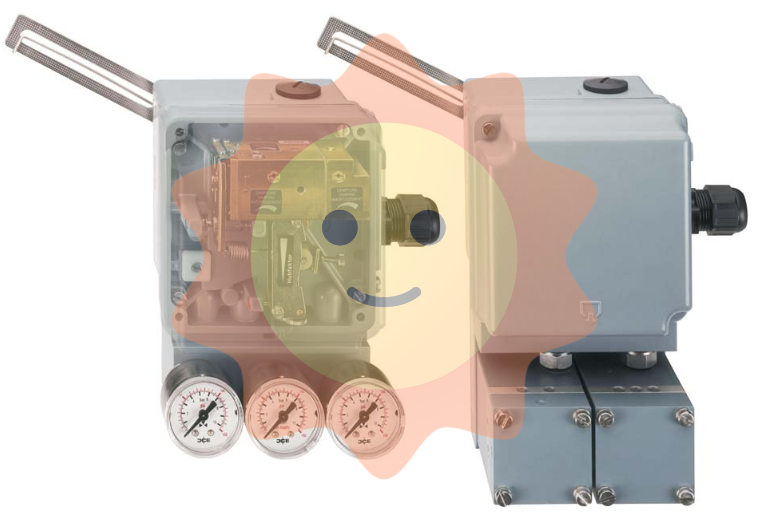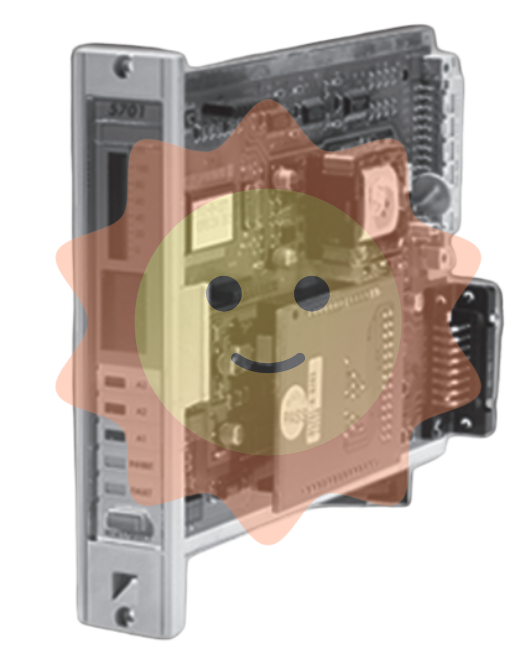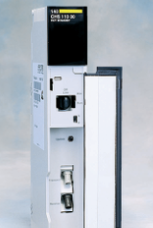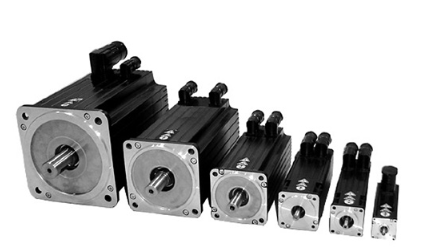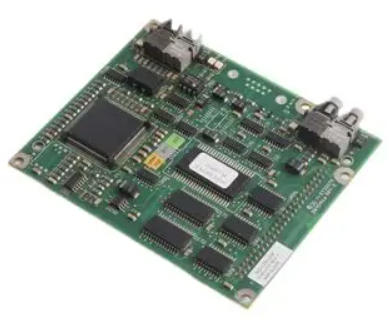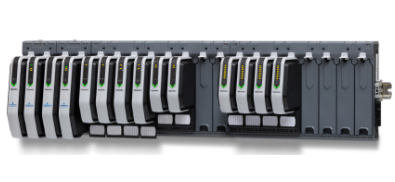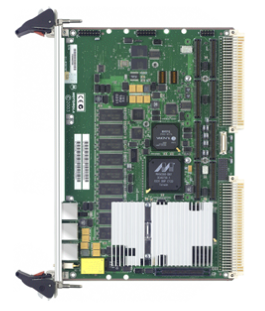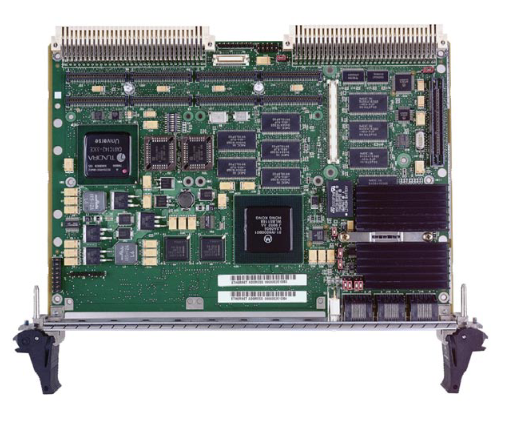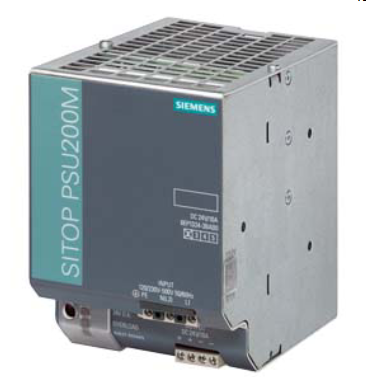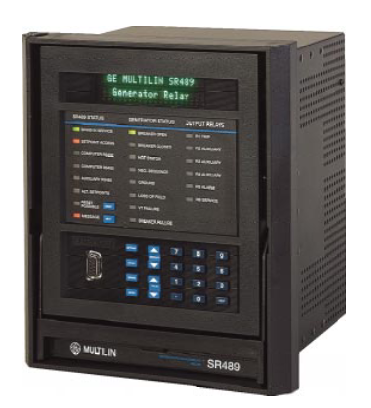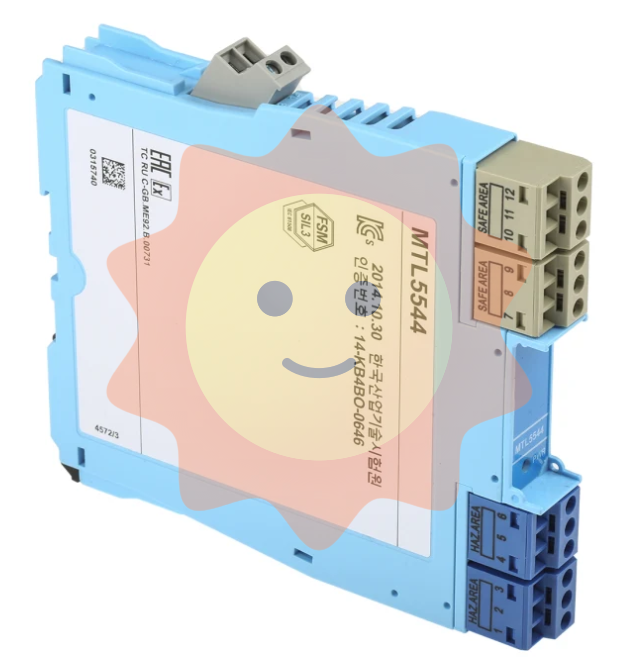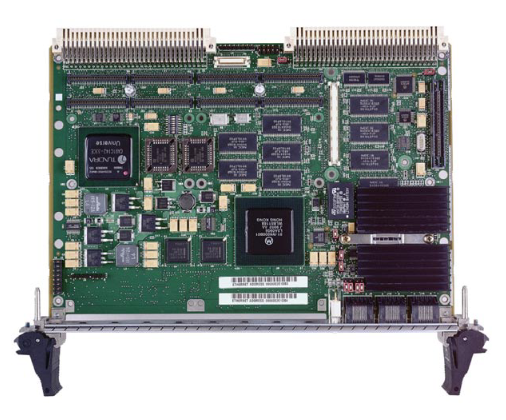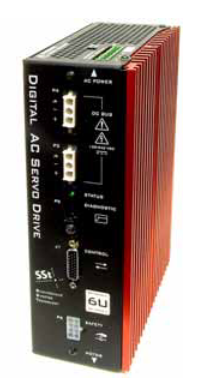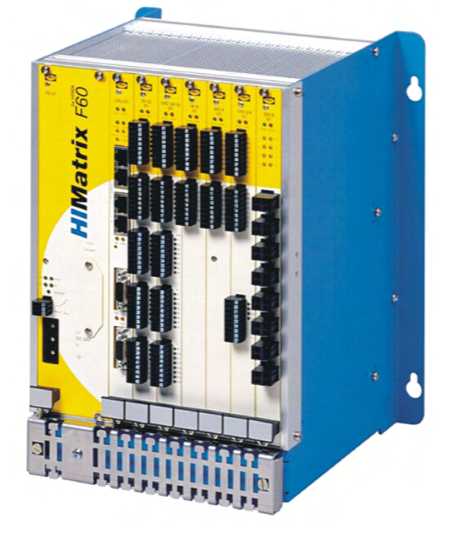ADEPT TECHNOLOGY 30340-30000 PLC RACK CONTROLLER MODEL
ADEPT TECHNOLOGY 30340-30000 PLC RACK CONTROLLER MODEL
PLC (Programmable Logic Controller) Overview
A PLC is an electronic device designed to perform digital operations in an industrial environment. It uses a memory that can be programmed to store instructions to perform logical operations, sequential operations, timing, counting, and arithmetic operations, etc., and can control various types of machinery or production processes through digital or analogue inputs and outputs.PLC and its related peripherals should be designed in accordance with the principles of easy integration with the industrial control system, and easy expansion of its functions.
ADEPT TECHNOLOGY INTRODUCTION
Founded in Nairobi, Kenya, in 2006, Adept Technologies Limited is a tech-driven Business Process Outsourcing (BPO) company specializing in IT-enabled services (ITES).
With a proven track record, we empower clients globally, fostering agility, flexibility, and innovation for a competitive edge in the digital landscape.
Our commitment extends beyond business success to community impact, championing diversity and reducing income poverty by providing dignified work to the youth, women, and differently-abled individuals.
Controller Basic Functions
Error control:
The device controller is also responsible for error detection of data transmitted from the I/O device. If an error is detected in the transmission, the error detection code is usually set and reported to the CPU, which then cancels the current transmission and transmits it again. This ensures the correctness of the data input.
Data exchange:
This refers to the realisation of data exchange between the CPU and the controller, and between the controller and the device. For the former, it is through the data bus, by the CPU in parallel to write data into the controller, or from the controller in parallel to read out the data; for the latter, it is the device will be the data input to the controller, or from the controller to the device. For this purpose, data registers shall be set up in the controller.
Status Description:
Identifies and reports the status of the device The controller shall note down the status of the device for the CPU to know. For example, the CPU can start the controller to read data from the device only when the device is in a transmit-ready state. For this purpose, a status register shall be set up in the controller with each bit therein reflecting a particular state of the device. When the CPU reads in the contents of this register, it will know the state of the device.
Receive and recognise commands:
The CPU can send many different commands to the controller, and the device controller should be able to receive and recognise these commands. To this end, there should be a corresponding control register in the controller to store the received commands and parameters, and decode the received commands. For example, a disk controller can receive 15 different commands such as Read, Write, Format, etc. from the CPU, and some of the commands also have parameters; accordingly, there are several registers and command decoders, etc. in the disk controller.

· - ABB Advant-800xA,Advant OCS,Bailey Infi 90 and Net 90,H&B Freelance 2000,DSQC Robots,IGCT / IGBT
· - GE General Electric Field Control, Genius I/O, QuickPanel, RX3i PacSystem, Series 90, Series 90, Series VersaMax
· - Allen Bradley Allen-Bradley SLC500, MicroLogix, CompactLogix, ControlLogix, PLC-5, Panel View,
· - Bently Nevada 3300 System, 3500 System
· - Honeywell 7800 Series, FSC, IPC, Mxopen, TDC 2000, TDC 3000, Experion PKS(C200,C300)
· - Yokogawa Centum CS - Centum VP, Centum XL - micro XL, FA-M3, ProSafe-PLC
· - Ovation, Foxboro, EPRO, Emerson DeltaV, Fuji, Siemens, HIMA, Prosoft, Invensys Triconex, ICS TRIPLEX, Woodward, Bachmann, Schneider
- User name Member Level Quantity Specification Purchase Date
- Satisfaction :
-









Email:wang@kongjiangauto.com

